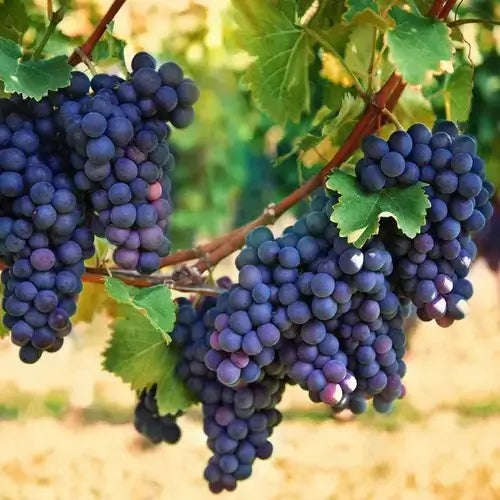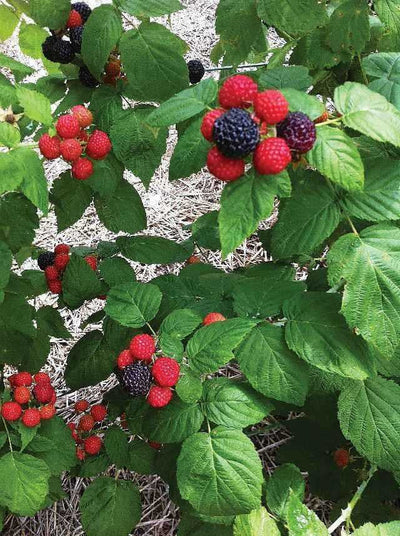The delicious fruit isn't the only advantage of growing berry vines and bushes. These hardy plants also work well in many different climates and offer a host of benefits for growers:
Berry vines and bushes are sturdy and low maintenance.
Some plants need specific amounts of sunlight and water each day, and too much or too little can stunt or completely kill them. It is different from berries. You only need to prune them once or twice a year, water them occasionally, and try to keep the birds away.
Berry vines are excellent ground cover plants in almost any soil, large or small spaces.

If you need to cover up a dead patch along the back fence, plant a raspberry cane with some compost, and within a year or two, the patch will be gone. You can still keep berries thriving if your soil is thin or rocky. You can train them along fences or trellises if your space is limited.
In addition, these types of ground cover plants keep producing year after year. Once planted, you can enjoy your blackberries, raspberries, and grapes for a decade or more with almost no effort. And if you cringe at dealing with thorns, choose a thorn-free variety.
The Untamed History of Growing Berry Vines
Berry vines have long symbolized the South's feral charm, weaving through our backyards, roadside ditches, and even the occasional chicken coop. From the sweet muscadines clinging to old trellises to the wild blackberries scratching your arms as you pick them, growing berry vines has always been a blend of toil, patience, and a touch of luck. But did you know the story of these vines is as tangled as their thorny brambles?
The Wild Beginnings of Southern Berry Vines
The South's love affair with berry vines started long before we called it home. Indigenous peoples, like the Cherokee, harvested wild blackberries and muscadines for food, dye, and medicine. When European settlers arrived, they quickly realized these resilient vines could thrive in the sweltering heat and stubborn clay soil.
One tale goes that muscadine vines were so beloved that early settlers transported them by wagon from Georgia to Alabama, planting them wherever they set up shop. By the 1800s, muscadines had found their way into homemade wine recipes-an illicit yet delightful pastime during Prohibition.
On the other hand, Blackberries earned a reputation as a plant that could grow anywhere, whether you wanted them or not. Farmers were cultivating thornless varieties by the late 19th century, but the wild ones kept finding their way back into fields, fences, and hedgerows. They'd pop up in the oddest places, leading folks to say, "You don't grow blackberries-they grow you."
Growing Berry Vines: A Southern Legacy
Despite their wild nature, berry vines became an emblem of Southern hospitality. Folks would spend sweltering afternoons picking gallons of fruit for pies, cobblers, and jams. If you had a blackberry patch, you had an open invitation for neighbors to stop by with baskets. And let's not forget the muscadine-its robust flavor makes it a mainstay at county fairs and church potlucks.
Planting berry vines became a rite of passage for Southern gardeners. Many swore by their granddaddy's secret method of burying a fish under each plant for extra nutrients. Others preached the gospel of "leave it alone," claiming the less you fuss with a vine, the better it will grow.
Even today, growing berry vines feel like carrying on a piece of history. Each vine connects us to generations who worked the land, shared their harvests, and found sweetness even in life's thorniest patches. In the South, berry vines aren't just plants-they're stories, memories, and a taste of home.
So, next time you're out picking berries, take a moment to appreciate the tangled roots of tradition. After all, every scratch and stained hand is part of the legacy of Southern berry vines.


